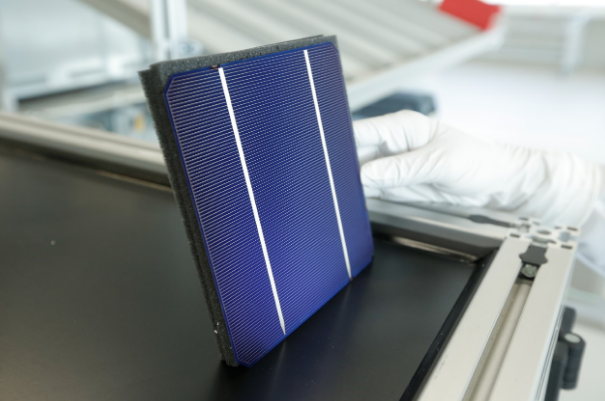Researchers from Belgium’s Hasselt University and the imec research center have shown that applying the potential-induced degradation (PID) stress testing foil method to only investigate one side of a bifacial PV module, without taking additional measures, could lead to the undesired effect of additional PID stress.
The foil-testing method involves the application of high voltage between the solar cell matrix and a conductive foil contacting the glass surface of the module, as regulated by IEC TS 62804-1. It is considered a valid testing tool if correctly utilized, the researchers said. The method stimulates surface conductivity by applying an aluminum foil to the glass surface and frame of a solar module.
“When researchers conduct PID experiments on only one side of bifacial PV modules, they should take extra measures and not blindly conduct experiments as if it were monofacial PV modules,” researcher Jorne Carolus told pv magazine.
The scientists recently presented their findings in “Why and how to adapt PID testing for bifacial PV modules?“, in Progress in Photovoltaics. They PID-tested eight identical bifacial front junction (FJ) monocrystalline n-PERT solar cells packaged in different configurations. The PID tests were conducted according to the foil method.
The experiment showed that the cells degraded unexpectedly on their non-stressed side when monofacial PID stress was applied to bifacial PV modules.
“This problem can be solved by replacing the soda lime glass cover with a PID-resistant cover at the non stressed side,” the researchers said. “However, it indicates that an unintended electric field arises over the device stack at the side which should not be PID stressed.”
They said that an undesired electric field is formed between the solar cells (at -1,000 V) and the grounded interior of the climatic chamber (at 0 V), which is commonly made of stainless steel. “The electric field causes positive charges to migrate towards the solar cell and deteriorate its proper working principle,” Carolus explained.
The researchers suggested three measures that can be taken to avoid undesired, additional PID stress. These include shorting the non-stressed side of the glass/glass laminate with the solar cell through an aluminum foil, using a floating high-voltage source, or replacing the glass cover with a PID-resistant cover such as a backsheet on the non-stressed side.
Hasselt University and imec, along with Belgian research partners KU Leuven and Vito, are both partners in EnergyVille, a collaboration in the fields of sustainable energy and intelligent energy systems.
Foil method for PID test misleading if only one side of bifacial module is stressed
Results from PID stress tests can be misleading when bifacial PV modules are PID-stressed from just one side using the foil method in IEC TS 62804, according to a new study by Belgian researchers. An unintended electric field arises between the non-stressed side of the cell and the grounded interior of the climate chamber, which may have the undesired effect of causing additional PID stress.






